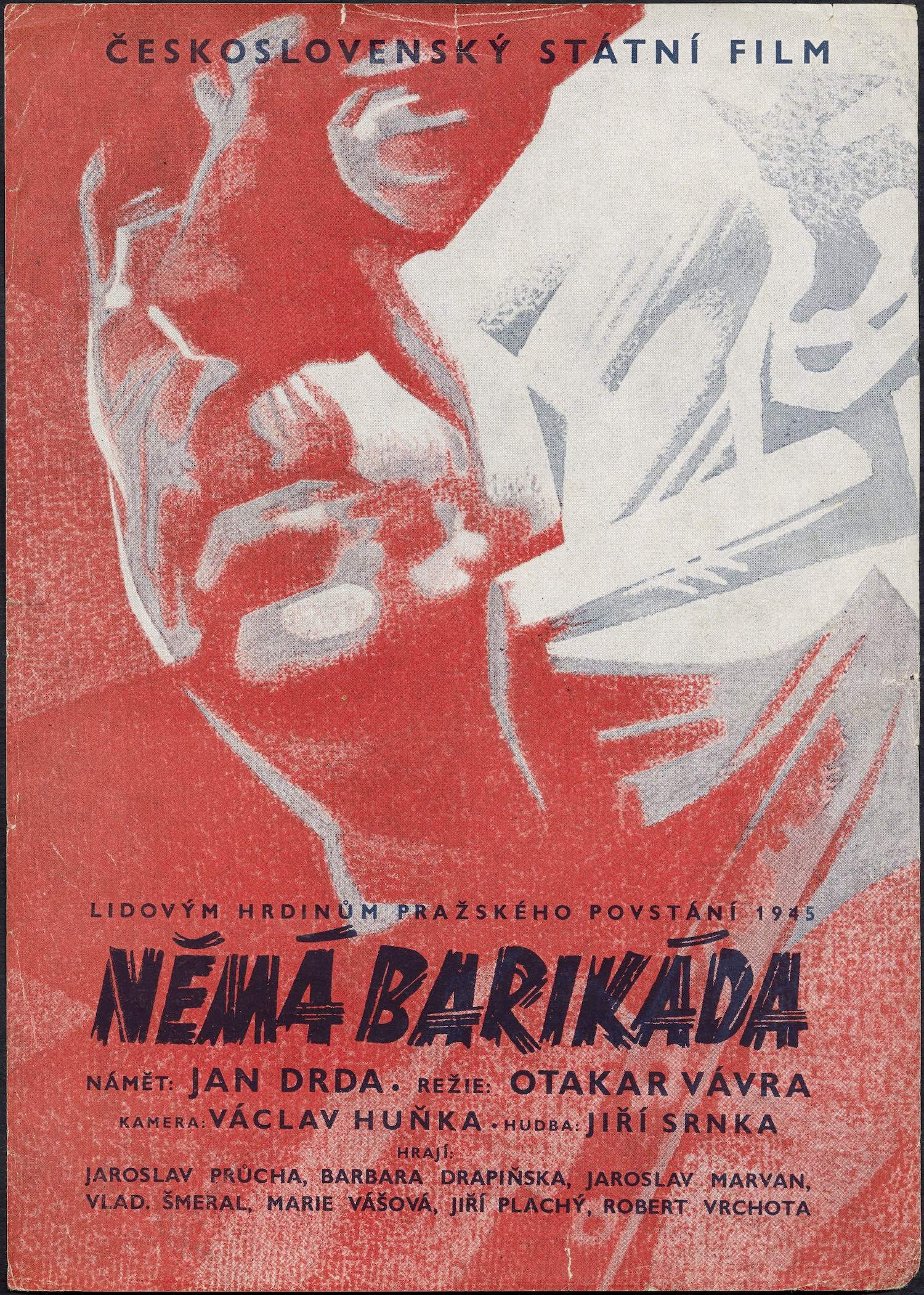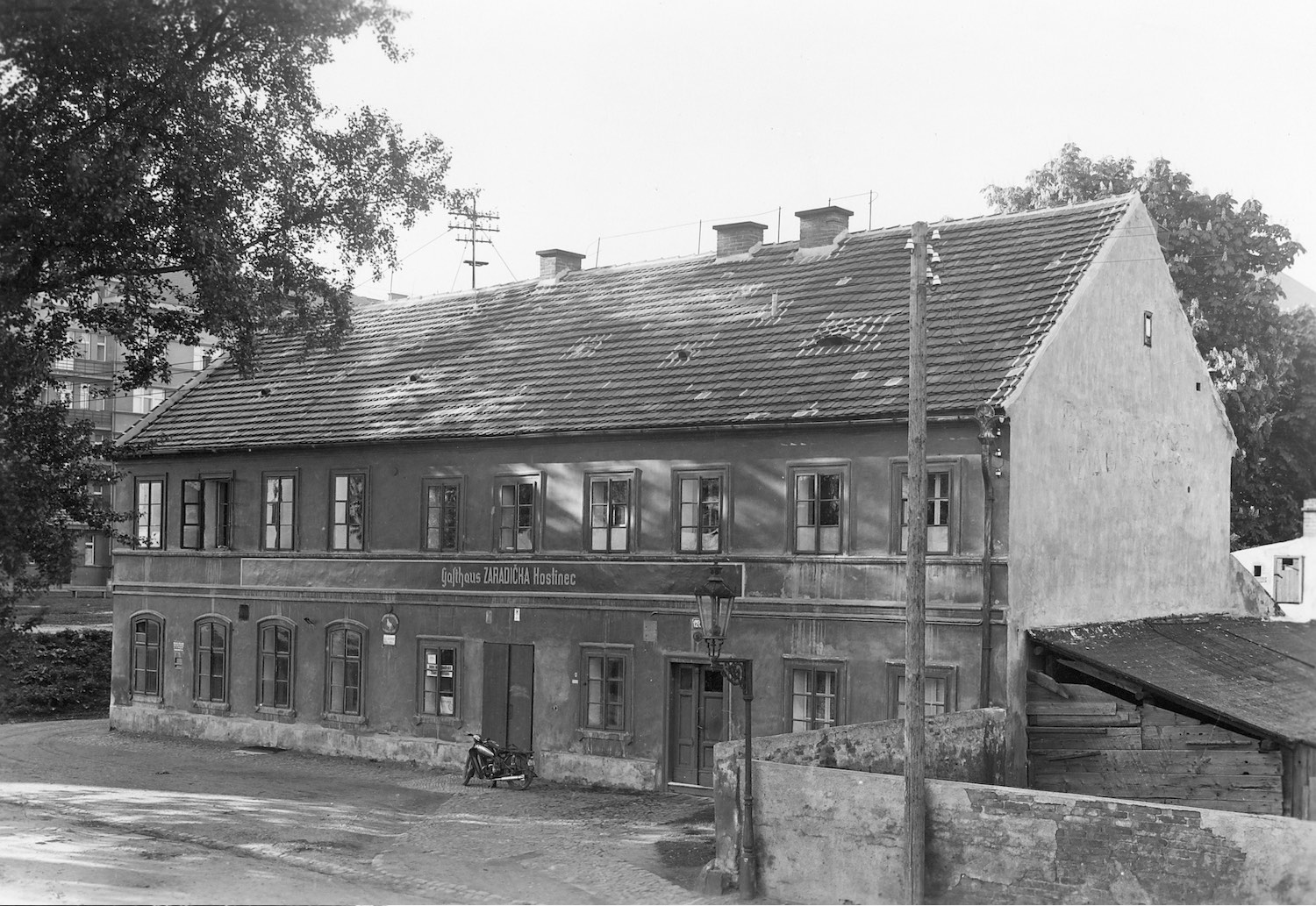- Barricaders Bridge
Barricaders Bridge
At the time of the fighting in May 1945, Troja Bridge was on the site of the present-day bridge which was renamed Barikádníků (Barricaders) in 1946. At the end of the war, Czech insurgents joined here in heavy fighting against the German numerical superiority approaching Prague from the north. Barricades were installed on the bridge to prevent German troops from advancing to the centre of Prague and further to the west.
In the early morning of 7 May, the battle group of the fourth regiment SS Der Führer, supported by artillery, attacked Troja Bridge, defended by insurgents subject to the military command of the 21st combat section with the commander Major Židlický.
During the fights that continued until late afternoon, all three barricades were set on fire on the bridge, and the armoured Nazi vehicles with Czech hostages as human shields arrived at the Holešovice bridgehead. However, they encountered another armed resistance of Czech patriots, particularly near Ferra (metallurgy material storage) and U Zaradičků Inn. The Nazis gathered the civilians inside the inn, mainly employees of the city companies from the neighbouring municipal houses, and executed seven of them.
On 8 May, an armistice was concluded, and it lasted until Germany’s surrender in the evening. The SS battle group laid down its arms and headed for American captivity through Dejvice.
A memorial featuring 52 names of the fallen defenders commemorates the bloody fighting on the Libeň side of the bridge. It is a joint work of the sculptor Jan Hendrych and the architect Petr Neumann created in 1983.

Snapshots from the Prague Uprising on Troja (later Barikádníků) Bridge during the Prague Uprising, May 1945. Museum of Prague.

Situation plan of the 21st combat section on Troja Bridge, May 1945. Museum of Prague.

Poster for the film Němá barikáda (Silent Barricade), directed by Otakar Vávra. Bio Máj, 1949. Museum of Prague.

U Zaradičků Inn, no. 154, in the interwar period. Museum of Prague, unknown photographer.



